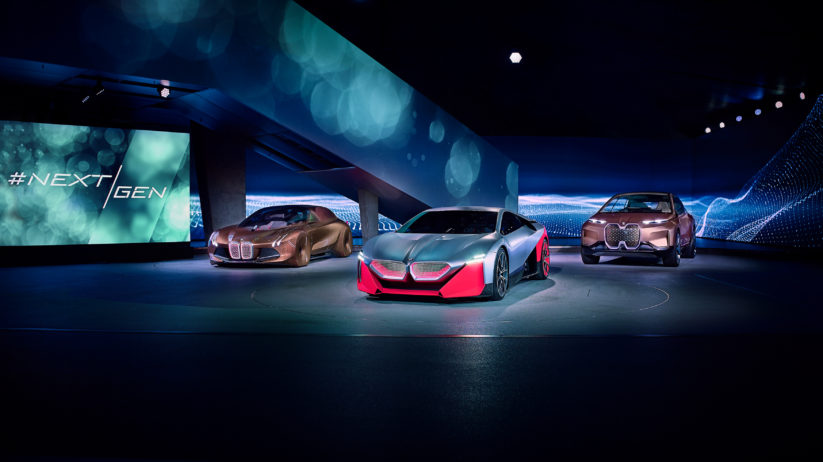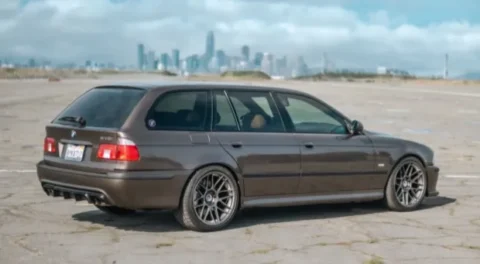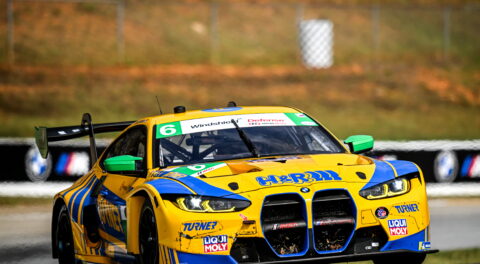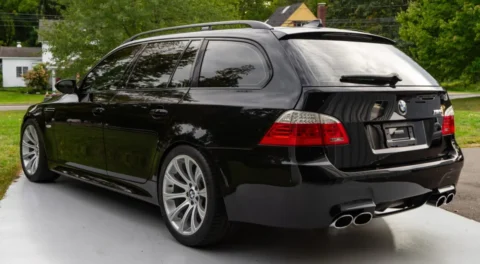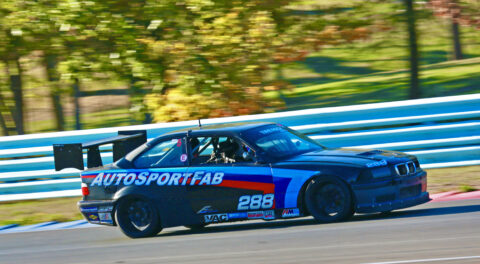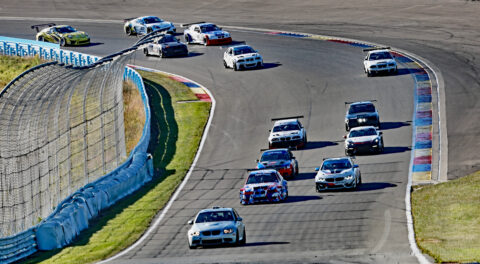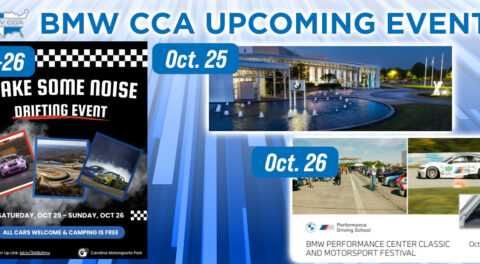Remember when BMWs didn’t have cup-holders? My E30 325e has none, and neither did my E28. But this article isn’t about yesteryear, it’s about the future, and when the Vision M Next stole the show back in June, we completely glossed over the fact that the concept—which BMW is heavily hinting may lead to a stand-alone high-performing M model—comes with gyroscopic cup-holders that actively work to prevent spills.
While this is just the type of visionary technology that BMW is known for working on, it’s very possible that it may never see the light of day in a production automobile. Nonetheless, it remains both interesting and ironic, given how cup-holders in BMWs (and plenty of other cars from Germany, where eating and drinking on the Autobahn is strictly verboten) have been so poorly designed and ill-thought-out for so long.
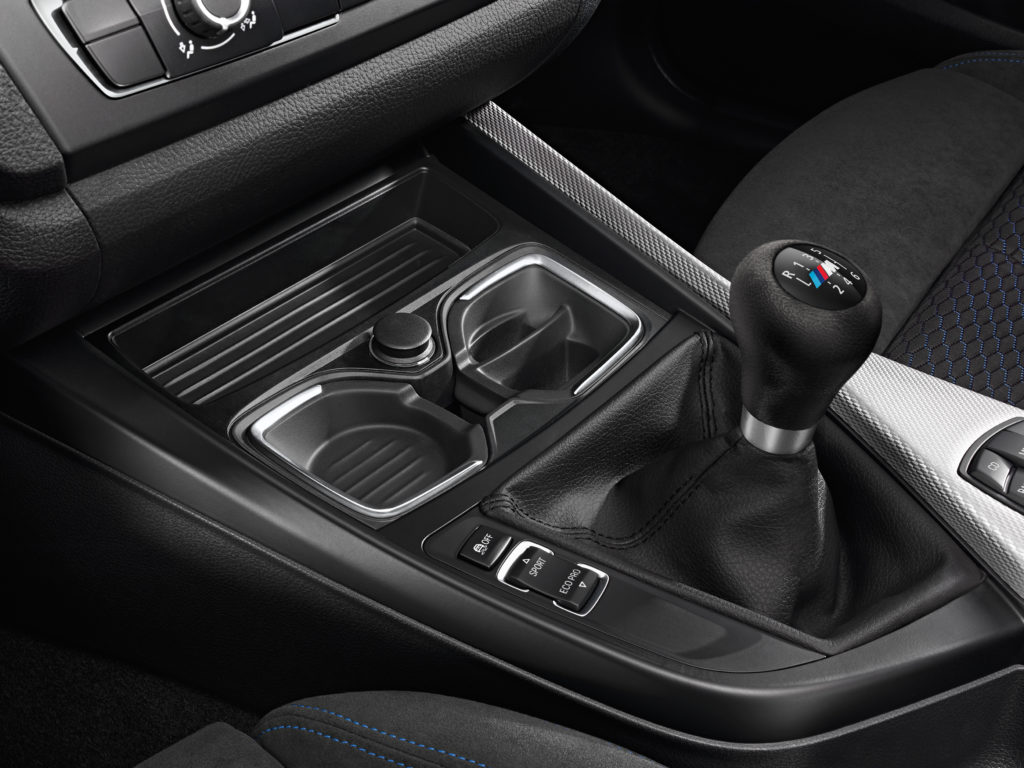
As I said, my E30 doesn’t have a single factory-installed cupholder to speak of, and I haven’t retrofitted any, either. Driving around, I typically keep a water bottle in the side pocket of a backpack; otherwise it goes from rolling around the passenger seat to rolling around the passenger floorboard before long. I like the little center-console storage slot, but it’s far from optimal, and I actually prefer to keep my glasses case there.
My E28 was even worse; there was nowhere I could even place my phone, let alone a drink. Over the years, I’ve become decently skilled at driving, operating the clutch, and shifting, with a drink that somehow ended up in a vise between my legs—I’ve only spilled a few times, and yes, the consequences were quite unfortunate.
It took a while for BMW cup-holders to improve. My Techno-Violet-on-Mulberry E36 M3 had the rare center-console insert with the larger cup-holders, but my friend’s Arctic-Silver-on-black sedan had the smaller ones, which were too narrow to hold a conventional water bottle—and don’t even bother mentioning the two circles on the backside of the (sagging) glovebox cover. My E46 330i sedan was much better, with two optimally-sized cup-holders situated in the center console, but I’ve known of at least a few people who have had coffee or soda spill forward after an emergency stop; it winds up covering and subsequently saturating and ruining the door lock and hazard buttons, which are conveniently fitted directly in front of the cup-holders.
My 2005 Audi S4 was truly awful, with a flimsy pop-out cup-holder mounted just in front of and above the radio, and another cup-holder, if you could even call it that, formed by a pair of flip-up notches in the center console.
I am now on my second E82 135i, and even that car, which uses BMW design from a decade ago, isn’t much better. Because my car has iDrive, the iDrive controller takes the place of one of the center-console cup-holders. The age-old spill problem is extra-dangerous here, because the iDrive controller is just in front of the main center cup-holder, so it could easily be ruined under the right—or wrong!—circumstances. While the E46’s hazard light and door-lock button can be had relatively cheap, a BMW CIC iDrive controller costs quite a bit more.
Further, in order to remedy the loss of one of the main cup-holders, BMW added another one which is mounted on the side of the center console, intruding nicely on passenger knee room. This cup-holder is yet another joke; it looks nice, but it’s always in the way, and if the vessel you’ve placed in it isn’t just the precisely right size, it’s going to go flying laterally at the first opportunity.
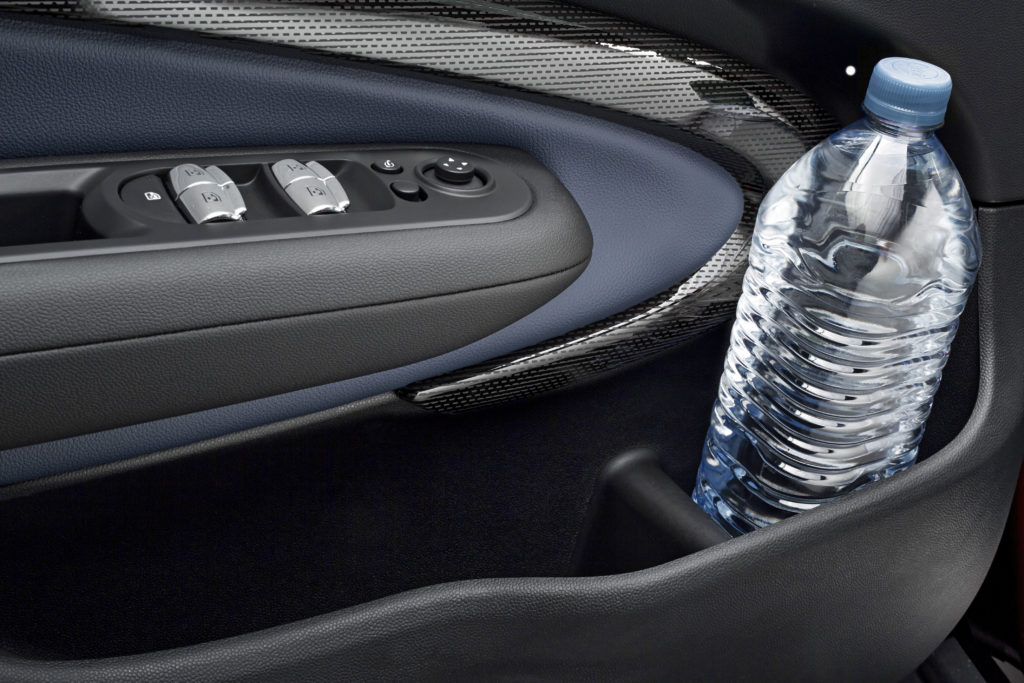
The previous and latest generations of BMWs, cars like the F30 3 Series and G30 5 Series, have begun and continued a trend of having solid, well-engineered cup-holders. Positioned in front of the shifter (finally), the recesses are deep enough to hold a beverage container of a certain size, and full water bottles don’t fly out that easily. Driving an M3 or M4 on a track changes things—and yes, the bottles will still go flying under the right circumstances—but at least it’s progress.
There is virtually no detailed information about the anti-spill cup-holders of the Vision M Next, but BMW says that they work by using a gyroscope to counteract what are referred to as “strong lateral and longitudinal dynamic forces.” I would love to see what sounds like a camera gimbal designed to keep a soft drink level (and contained) working its magic during a three-second zero-to-60 sprint, especially at Vision M Next speeds.—Alex Tock
[Photos courtesy BMW AG.]

